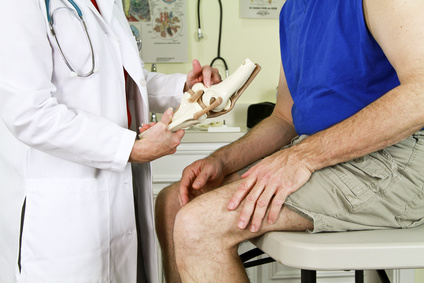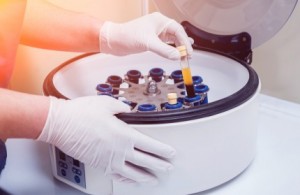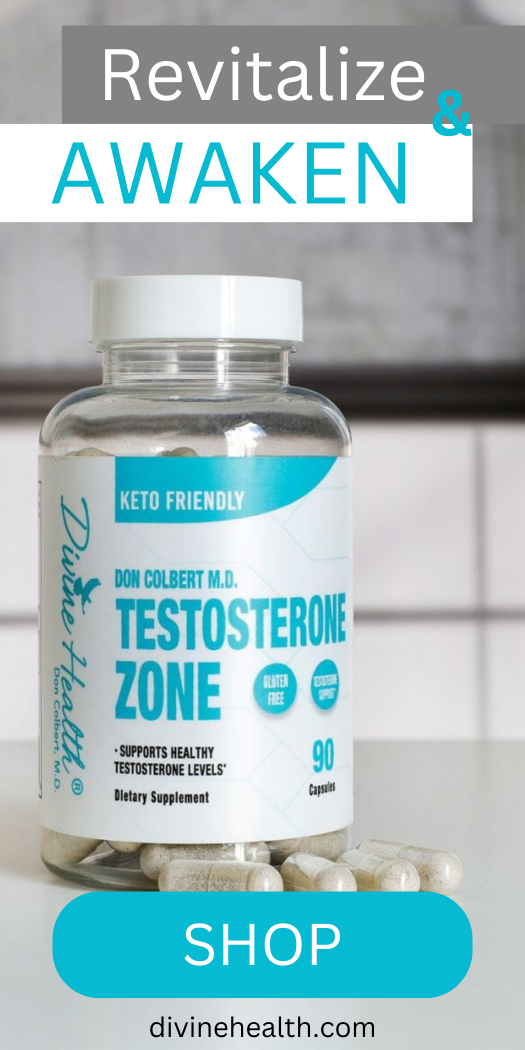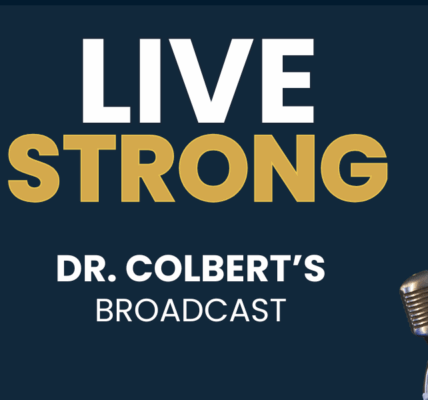Divine Health Wellness Center offers treatment for arthritis sufferers. Platelet Rich Plasma is also known as PRP Therapy, and it uses the natural healing processes to help repair the damage. PRP is also known as Autologous Conditioned Plasma therapy; although it is not considered a standard form of therapy.
A growing number of patients are turning to PRP Therapy for relief through the natural healing of the joints. Platelet Rich Plasma therapy is unique in it helps the body to “kick start” the natural healing process of bone, ligaments, tissue, muscle and even cartilage.
Goals of PRP Therapy
The goals of PRP Therapy offered at Divine Health Wellness Center is to reduce pain suffering, increase joint function, and to slow (or stop) damage occurring in the joint. A sample of blood is taken from the patient and placed in a special machine which allows the serum to be concentrated for use during the therapy session.
The centrifuge machine allows the blood serum to be “spun.” This permits a concentrated collection of platelets used in the procedure. Platelets encourage the body to heal itself through the secretion of “growth factors.” Proteins also help regulate cell division and stimulate regeneration of tissues.
Variations in Therapy
Within the medical community, PRP Therapy is used for a growing number of treatments. One treatment provided in one location may differ from treatment received in another location. In other words, each PRP therapy injection can be “different.”
Reasons therapy differs – include the characteristics of the patient, the processing of blood, and additives used during treatment. The blood composition of an individual can change. The processing of the blood can affect the percentage (%) of concentration within an injection. Some injections will use the patient’s plasma alone while others will include additives.
What Does Platelet-Rich Plasma Therapy Do?
Experts within the medical field are still researching and learning about how PRP therapy actually works. Doctors who use the procedure offer a variety of theories for understanding. They conclude through observation, therapy may inhibit inflammation and slow the progression of arthritis. Physicians also feel the procedure helps the body to form new cartilage through stimulation. And, the blood sample used for the therapy contains proteins which can change the pain receptors, thereby reducing pain. More clinical research is needed to determine fully how platelet rich plasma changes/benefits the patient.
How Is Platelet-Rich Plasma Made?
Centrifuging (spinning) a sample of the patient’s blood is typically used to create a serum for therapy injection. The vial of blood spins at very high speeds which cause the blood to separate. Red blood cells move to the bottom of the vial. White blood cells and platelets move to the center of the vial while plasma will move to the top during the spinning process. Upon the completion of spinning, the solution for PRP injection is prepared.
What Is in a Platelet-Rich Plasma Injection?
Each Platelet Rich Plasma Injection used for therapy is different. The percentage of platelets varies as described earlier. Normal blood contains 15K to 450K of platelets per microliter. The variation of the norm may be from 2 ½ to 9 times. Final concentration levels used for injection can vary depending on the individual’s blood, the process of spinning, and how much blood is taken from the patient.
Additives may also be used in therapy injections. Some of the additives used include calcium chloride as well as thrombin. These additives can artificially “activate” the platelets to stimulate tissue regeneration.
Knee Osteoarthritis Treated with PRP
Research studies often include patients with knee osteoarthritis. The condition affects nearly half of all Americans at one point in their lives. Two specific clinical studies include evidence published in American Journal of Sports Med (Patel & Aggarwal) and the Clinical Journal of Sports Medicine (Halpern, Chaudhury, Rodeo, Hayter, Bogner, & Potter).
Study One Highlights
The first study includes 78 patients with osteoarthritis in both knees (totaling 156 knees). Each knee received one of the following treatments: one PRP injection, two PRP injections, or a placebo injection. Evaluation of the subjects was conducted at six weeks, three months, and six months later.
Researchers found in the first study patients receiving PRP injections held less pain over this course of time. They also experienced less stiffness and gained improvement in mobility as well as knee function at six weeks and three months. During the six-month evaluation, positive results started to decline although pain/function was still improved.
The group of knees which received the placebo injection developed a small increase in pain and stiffness. The participants also developed a decrease in mobility and function of the knee.
Study Two Highlights
The second study included participants who experienced knee pain for at least fourteen months. Each individual had arthritis in the knee and received an MRI assessment along with a one-time injection of PRP. Evaluation then followed during one week, three months, six months, and one-year intervals. After the first year, another MRI was ordered on patients in the study.
Researchers following this study found at the one-year interval, most patients had less pain compared to before treatment started. The pain did not necessarily go away but did in fact lessen. In the higher percentage of patients, MRI results showed no progression in the degenerative process of the knee.
Advantages of Platelet-Rich Plasma (PRP) Therapy
PRP Therapy may be beneficial for patients for a variety of reasons:
- The patient’s blood product is used during the treatment process. It is more natural to their body and carries fewer risks.
- Other forms of treatment can be unreliable while results vary in each situation for the individual. Some other forms of therapy have additional side effects as well as disadvantages including weight loss, weakened tendons over time (cortisone injections), stomach problems (long term use of medications), mixed results for patients (minor & major surgeries), as well as long term rehab required.
- Research for Platelet Rich Plasma therapy shows promising results, although more exploration is needed in the field.
Divine Health Wellness Center, along with other physician centers, believe PRP therapy is well worth trying in patients with osteoarthritis conditions. Patients should realize this one therapy alone is not a “cure-all” treatment. Lifestyle changes and other non-surgical treatments may be encouraged simultaneously with this therapy.
To schedule an appointment with Dr. Colbert for this wonderful treatment call 407-331-7007














Inquiring about PRP therapy